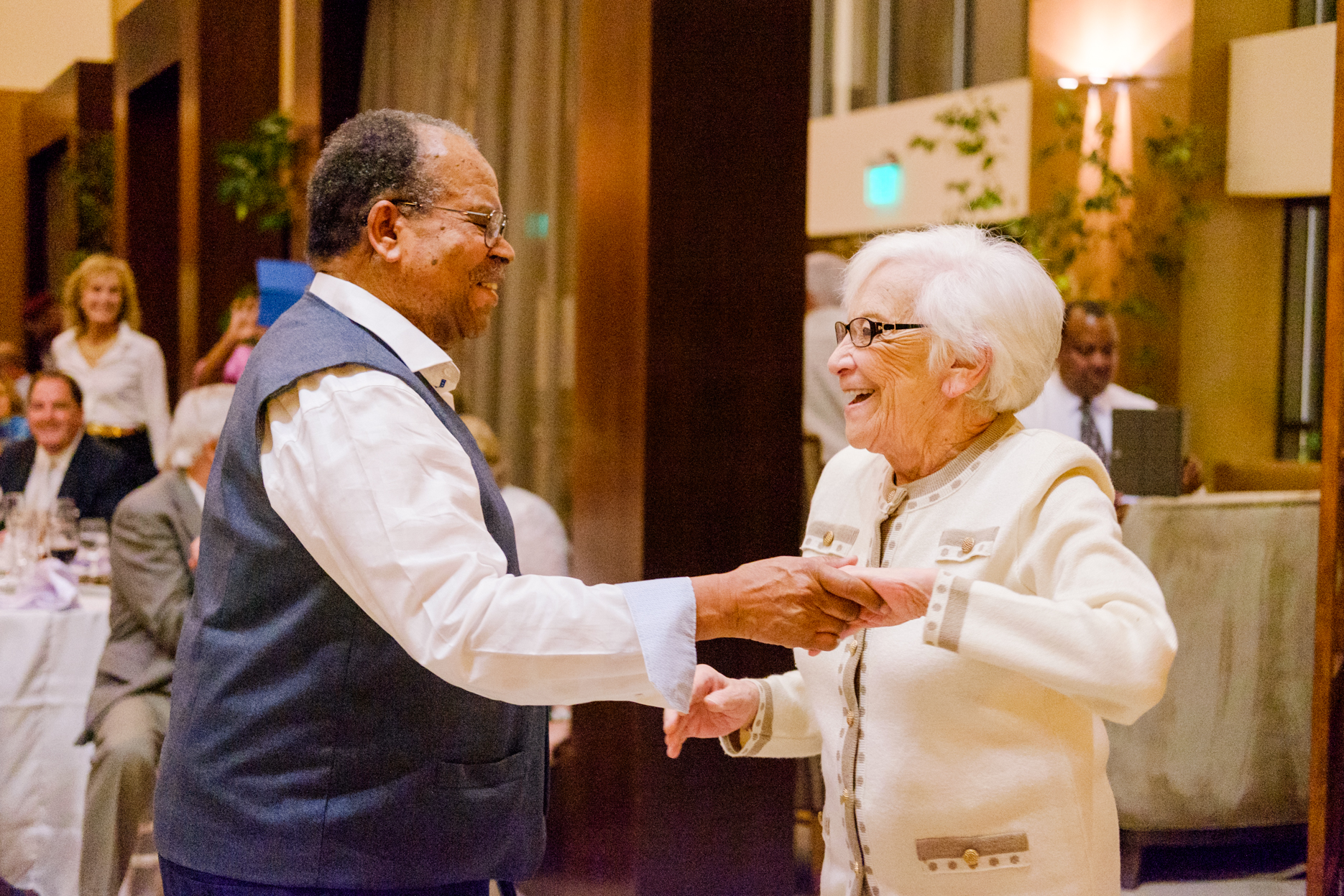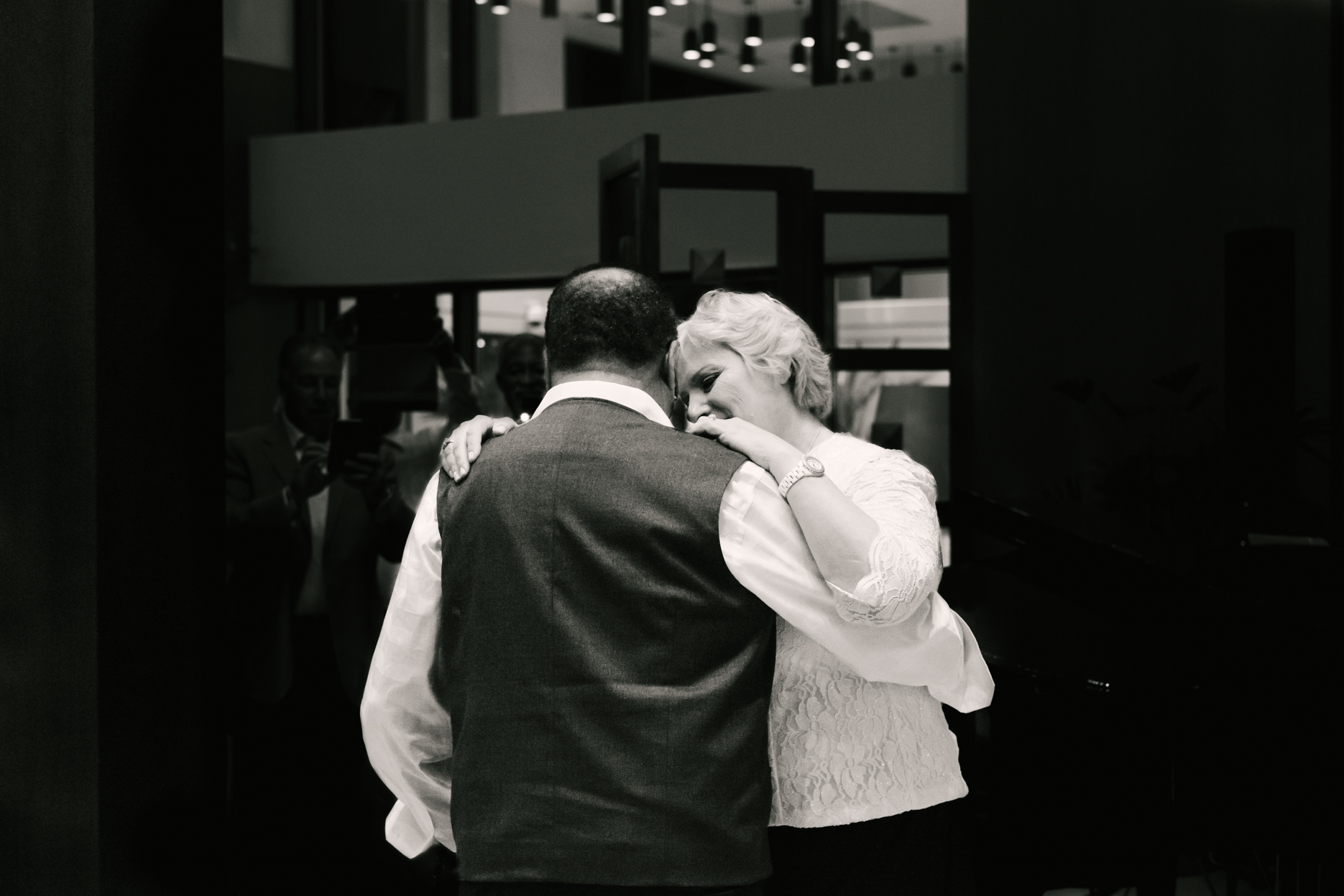Thursday Tip: ISO Q&A
Friends and clients frequently tell me that they’d love to learn to use their cameras better and I want to help.
Welcome to a weekly series full of camera tips and behind the scenes tricks from a professional photographer.
Let’s take better pictures!

What the heck is ISO?
It’s a setting that is used to measure your camera’s sensitivity to light. A low ISO (usually 100 or 200) is not very sensitive to light. A high ISO (anywhere from 1600 to 256,000+, depending on your camera) is very sensitive to light. Each time the ISO increases, it doubles (like 200, 400, 800, 1600, etc., which is why it gets so gosh darn high.

What does ISO stand for?
Honestly, I Googled it for the purpose of this post. It’s “International Standards Organization,” which is a throwback to standardizing the measurement of how sensitive film is to light. Don’t worry. It’s not terribly important.

What’s the tradeoff?
In photography, every single choice has a trade off. Fancier lenses are super heavy. High ISO, which allows your camera to notice light even in a dark room, introduces grain. Grain is also caused “noise.”
Some photographers like introducing some grain. It’s reminiscent of film and photojournalism and can evoke something timeless and beautiful. Other photographers hate even a hint of grain.
In general, the fancier the camera and sensor, the higher you can push the ISO without introducing grain. Many cameras have built in noise reduction, as well.
Every single image in this post was shot at an ISO of 5000 or higher. I usually use some editing tricks to smooth out the grain if I think it’s taking away from the image quality. Can you see any speckles of color or light in these images? (Try looking at a solid area, like the walls or curtains, if you’re not sure.)

Is sensitivity of a sensor different than sensor size?
Yep! That’s a whole other topic for a whole other day.

So what’s the main idea?
Lower ISO, less light and a smoother image.
Higher ISO, more light comes in, but grain can be introduced.
Remember, this is all a part of the exposure triangle, so if you change your ISO, it will affect the shutter speed and aperture settings for proper exposure. Sometimes, in a dark room, we have no choice but to let in as much light as possible, and that usually means increasing our ISO. This is totally okay, but notice what effect it has on your pictures.
If you have any questions about ISO, feel free to leave them in the comments below!

Converting to black and white is a great way to de-emphasize color noise in a dark environment, when a high ISO is necessary to make the shot.
Want to learn how to take better pictures? Follow me on Instagram or Facebook for updates about my latest posts or come back next Thursdays for more tips!
[…] our exposure triangle? We’ve discussed ISO and shutter speed. Now it’s time to talk about the third point in the triangle: […]